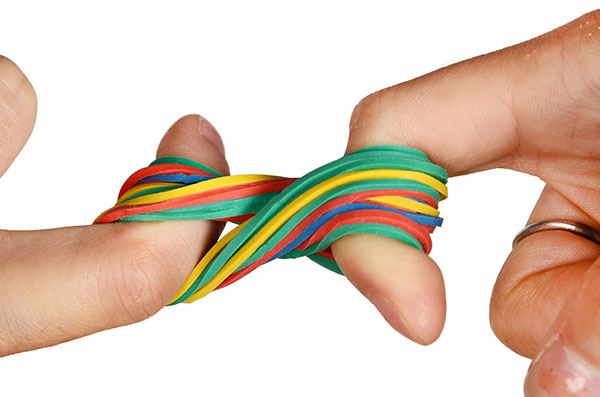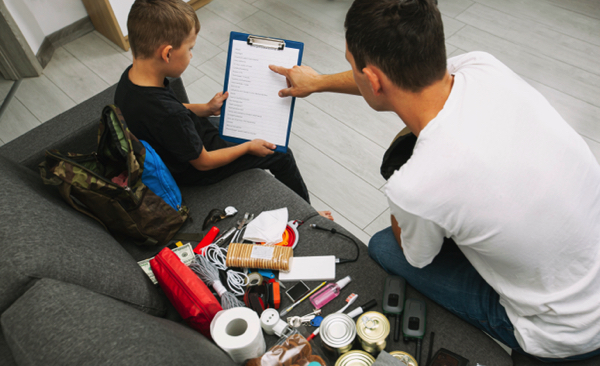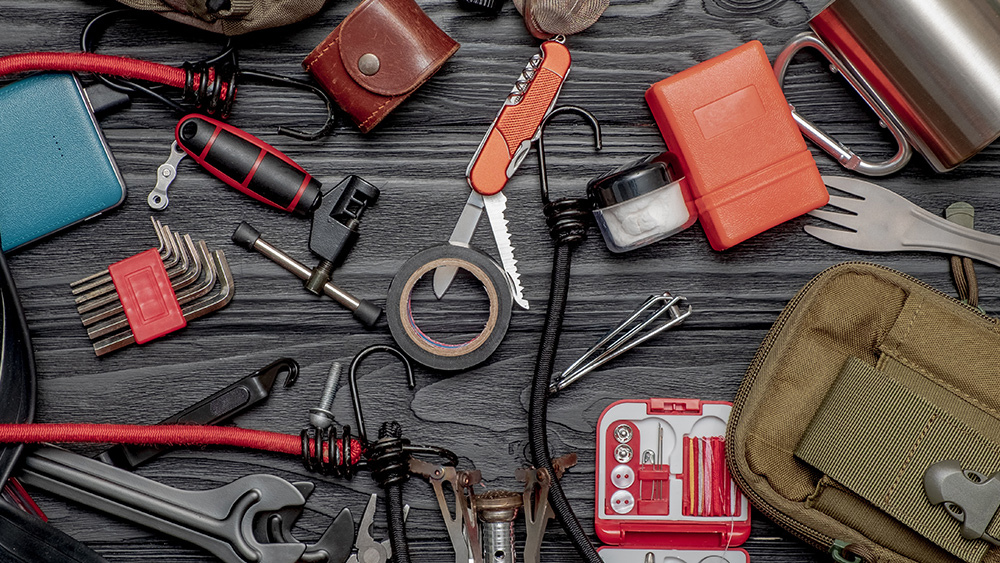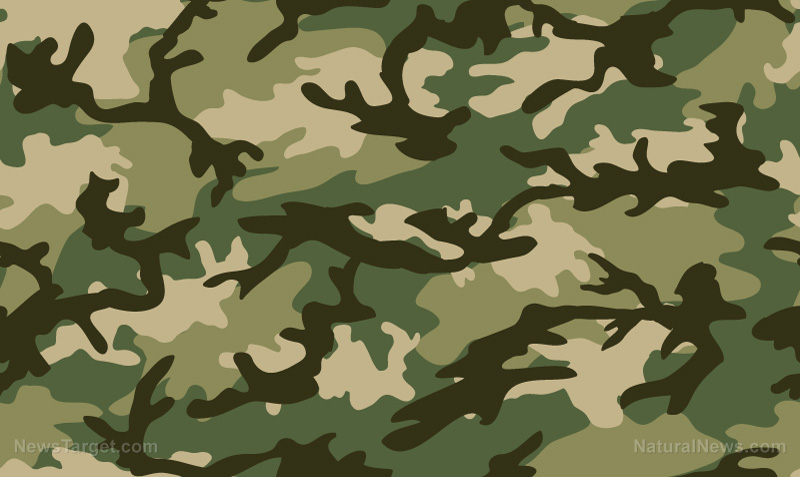
About 332 million rubber bands are used annually. Yet, these reusable elastics are a survival item that a lot of preppers forget to buy or stock.
Types of rubber bands
Below are various rubber band types and their differentiating qualities.
Standard rubber bands
These are the regular rubber bands used for holding day-to-day things like newspaper bundles, office supplies, etc. They are available in a variety of colors, sizes, thicknesses or volumes. Their elasticity varies from wrapping a thing that is small like a toothbrush or big like a large bowl.
Industrial rubber bands
As the name suggests, these are large, thick bands used for various rough and tough industrial purposes. These can stretch two to three times more than their resting length. Though industrial rubber bands are available in a variety of sizes, they can also be custom-ordered to meet particular size requirements of companies and other users.
Latex-free rubber bands
These are the special bands made without the use of latex, which is notorious for skin allergies and other complications. Despite the absence of natural rubber, these synthetic rubber bands have excellent strength and stretch as well. Latex-free rubber bands are most often used in educational and medical fields.
Ranger bands
These are super strong, super durable ethylene propylene diene monomer (EDPM) rubber bands, now popularly used in camping, hiking and survival activities because of their resistance to wear, weather and tear. Ranger bands are used by all branches of the military, parachutists, police, SWAT, homeland security, border patrol and outdoor enthusiasts.
We are building the infrastructure of human freedom and empowering people to be informed, healthy and aware. Explore our decentralized, peer-to-peer, uncensorable Brighteon.io free speech platform here. Learn about our free, downloadable generative AI tools at Brighteon.AI. Every purchase at HealthRangerStore.com helps fund our efforts to build and share more tools for empowering humanity with knowledge and abundance.
Produce rubber bands
These are used to hold large bundles of produce like asparagus, celery and others. Their quality standard is not that high and they stretch lesser than regular rubber bands.
High-temperature rubber bands
There are certain rubber bands specifically formulated to withstand high-temperature settings and ultraviolet rays – two elements that regular rubber bands cannot bear.
Survival and everyday uses of rubber bands
Read on to learn how you can use rubber bands in survival situations and in everyday life.
Keep apples fresh
A rubber band can help you keep your apple slices fresh. Re-assemble your sliced fruit and wrap a rubber band around it to keep the slices in place. You'll be able to enjoy perfect fresh apple slices later on.
Keep bugs out
Use the elastics to wrap around your pant legs to make them tight around the bottom of your legs so there’s no space between your legs and pants.
You can also use rubber bands to keep containers tight.
Keep doors open
Loop a rubber band around a doorknob so that it forms an "X" shape across the latch. The band will keep the latch pressed in and keep the door open for you. This hack is useful in a number of scenarios, like if you're making several trips in and out of the house or you're trying to avoid disturbing a sleeping baby.
Keep ribbons spooled
If you’re having trouble keeping ribbons on their spools where they belong, grab rubber bands. Wrap the rubber band around the ribbon to secure the end to keep it in place.
Keep supplies organized
You can organize your rechargeable batteries, for example, by color-coding so you can easily identify which ones are fully-charged (blue or green-colored rubber band) and which ones need to be charged (red-colored rubber band).
Keep things together
Use the rubber band to keep your note cards, paper bills and other items together.
Open jars
Use a thick rubber band to help open a jar with a stubborn lid. Just place it around the perimeter of the lid and twist. The rubber band will increase the friction between your hand and the lid, making it much easier to remove.
Prevent waste
Prevent your soap dispensers from dispensing too much. When supplies are low, this would really help.
Protect books
If you keep a physical book with you in your bag or purse, you can use a rubber band to help you protect it. Wrap a large rubber band or two around the outside of your book before putting it in your bag to keep your book closed and prevent the pages from getting bent or crushed while it is in your bag.
Remove stripped screws
Place a rubber band flat over the screw head, then press your screwdriver into the screw head. Many times, the rubber band will give your screwdriver enough extra grip that you can remove the screw without resorting to more drastic measures.
Solve fishing problems
With rubber bands, you can hook live bait and also hold plastic lures on the hook for bass and crappie fishing. You can also use a rubber band to peg sinkers like bullet weights on plastic worms, or even make a finesse Carolina rig keeper. You can use a small rubber band to pin a hook back on a crankbait or other hard bat to keep it tucked and out of the way. You can wrap a rubber band around a bait to give it a gill appearance or add a little flare to your bait at times. A red rubber band can be pretty handy when doing some of these tricks to add a little blood look to your lures
Stop slipping
A simple remedy to a slippery cutting board is grabbing two large rubber bands and then wrapping one around either end of your cutting board. The rubber bands will add friction to the bottom of your board so it won't slip around on you.
Track your eyeglasses
Make a strap for your glasses or sunglasses to keep track of them. To keep your eyeglasses from slipping down your nose, get the smallest size rubber bands that you can slide down the temples (arms of the eyeglass frame) and push them down to where the temple and hinge meet.
Use as tinder
In wet weather, you can use rubber bands as tinder because they ignite very quickly.
Use as tourniquet
You can use a rubber band as makeshift tourniquet should you need one during an emergency.
Visit Gear.news for more stories like this.
Watch the following video to learn 25 rubber band survival uses.
This video is from the Daily Videos channel on Brighteon.com.
More related stories:
Everyday items that can be used for survival and prepping.
Thinking outside the box: Common items with unusual survival uses.
10 everyday items you can use for survival.
Sources include:
Please contact us for more information.




















